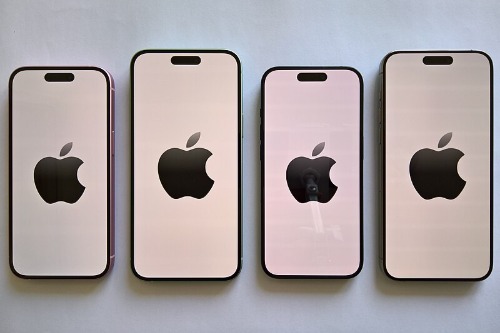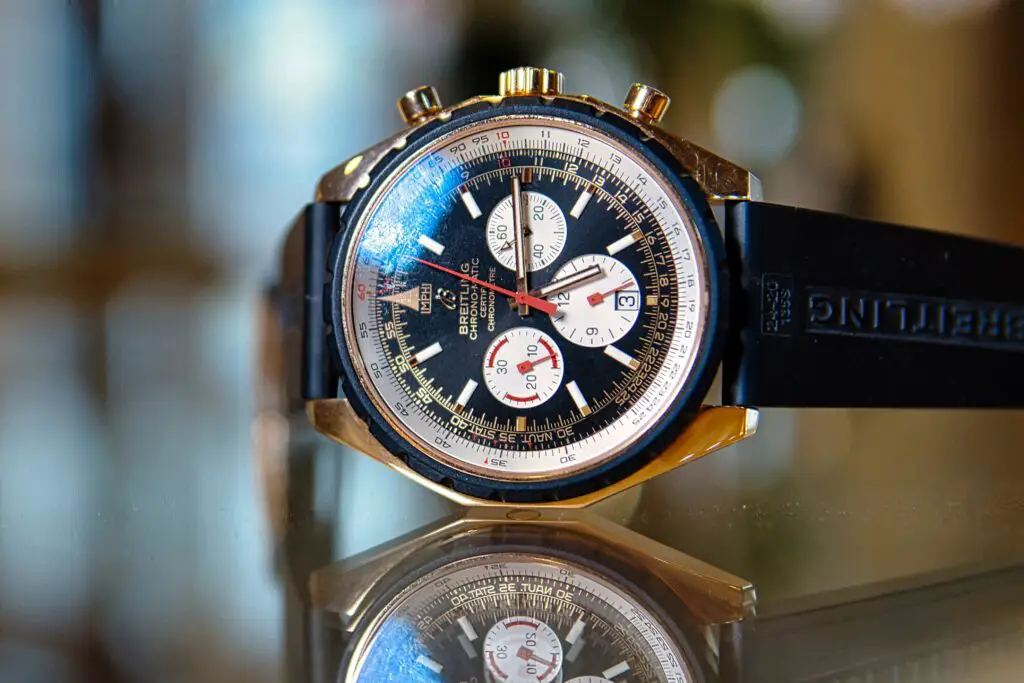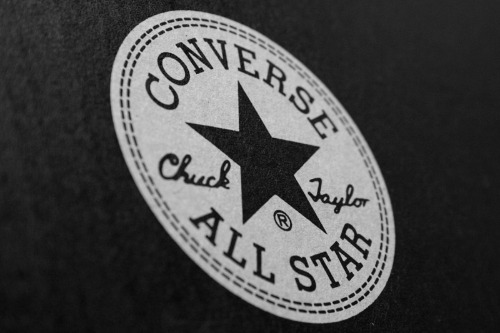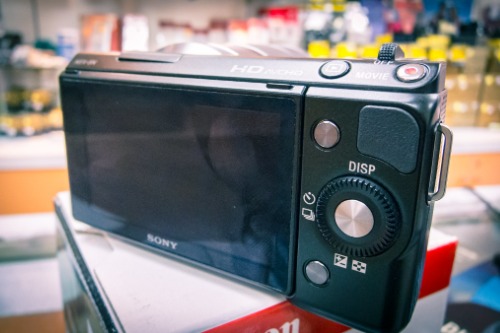1. Motorcycles

For decades, Harley-Davidson was the undisputed king of motorcycles, defining the American biker culture. But as time passed, Japanese manufacturers like Honda, Yamaha, and Kawasaki started producing bikes that were faster, more reliable, and more affordable. While Harleys still have their loyal fans, foreign motorcycles now dominate the global market in both performance and sales. Riders looking for speed and cutting-edge technology often turn to European brands like Ducati and BMW as well.
One of the biggest issues with Harley-Davidson has been its struggle to modernize while maintaining its classic identity. Japanese and European manufacturers have embraced innovation, creating motorcycles with better fuel efficiency, smoother handling, and advanced tech. Meanwhile, Harley has faced criticism for its aging customer base and lack of appeal to younger riders. The American brand is still iconic, but it’s not the lead as it used to be, according to Utkarsh Sood from New Atlas.
2. Smartphones

Believe it or not, the first smartphone was an American invention—IBM’s Simon Personal Communicator, released in 1994. But once Apple revolutionized the industry with the iPhone, it didn’t take long for companies like Samsung, Huawei, and Xiaomi to catch up. Today, while Apple remains a major player, much of its production happens overseas, and companies like Samsung often lead the way in innovation, according to Ali Rogin and Andrew Corkery from PBS. Foldable screens, better battery life, and cutting-edge camera technology often debut on non-American brands first.
In some parts of the world, Apple isn’t even the most popular smartphone brand anymore. Samsung leads in global sales, and Chinese brands dominate markets in Asia and Africa with budget-friendly yet powerful devices. Apple still has its loyal fanbase, but foreign companies have pushed the boundaries of smartphone tech in ways that make the U.S. feel like it’s playing catch-up. As American companies focus on branding, international competitors continue to innovate.
3. TVs

There was a time when American-made televisions were the gold standard, with brands like RCA and Zenith dominating living rooms. The U.S. was at the forefront of television technology for decades, but the industry took a major hit when Japanese companies like Sony and Panasonic entered the market in the 1970s. These companies mastered color TV and later pioneered innovations like flat screens and high-definition displays. Today, South Korea’s Samsung and LG, along with China’s TCL, lead the global market, leaving American-made TVs a thing of the past, according to Amy Fan from DigiTimes.
The downfall of American TVs wasn’t just about innovation—it was also about cost. Foreign manufacturers were able to produce high-quality televisions at lower prices, making them more attractive to consumers. While some premium American brands like Vizio still exist, most of their products are made overseas. Now, if you want a top-tier TV, chances are you’re looking at something made outside the U.S.
4. Cars

Once upon a time, American cars ruled the road, with brands like Ford, Chevrolet, and Chrysler setting the standard for the global auto industry. But when fuel-efficient, reliable, and affordable Japanese cars arrived in the 1970s, everything changed. Toyota, Honda, and Nissan became known for their long-lasting engines and low maintenance costs, while American automakers struggled with quality control. Today, Toyota consistently ranks among the top-selling car brands in the world, according to Reuters, and Tesla is the only American company truly competing on a global scale.
European automakers like BMW, Mercedes-Benz, and Volkswagen also outshine American brands in luxury and performance. Meanwhile, South Korean companies like Hyundai and Kia have made huge strides in affordability and reliability. While classic American muscle cars still have a place in automotive culture, they’re no longer the industry leaders. Foreign companies have proven that quality, efficiency, and innovation matter more than nostalgia.
5. Watches

Before World War II, American watchmakers like Hamilton, Bulova, and Waltham were some of the best in the world. But after the war, Swiss watchmakers perfected mechanical movements, and eventually, Japanese brands like Seiko revolutionized the industry with quartz technology. Today, Switzerland is the undisputed leader in high-end watches, with Rolex, Omega, and Patek Philippe setting the standard. Even in the more affordable range, Japanese brands like Seiko and Citizen dominate the market.
American watch companies either faded away or shifted focus to mass-market fashion watches rather than serious timepieces. While brands like Timex still exist, they’re not seen as competitors to the best in the industry. The most respected watchmakers today come from Switzerland, Japan, and Germany, according to Euan Robb from Equals Money. If you want the highest quality craftsmanship, you’re looking outside the U.S.
6. Bicycles

In the early 20th century, the U.S. had a thriving bicycle industry, with companies like Schwinn leading the way. But as global manufacturing shifted, high-end bicycles started coming from Europe and Asia instead. Today, top-tier road and mountain bikes are often made in Italy, Germany, or Taiwan, with brands like Bianchi, Trek (U.S. but made overseas), and Giant dominating the market. American-made bikes have become a niche product, often more expensive but not necessarily better.
One of the biggest shifts happened as European and Asian brands embraced lightweight materials and precision engineering. Italian brands in particular are known for their craftsmanship, while Taiwan has become the world leader in mass bicycle production. Even professional cyclists almost exclusively ride European or Asian-made bikes. If you want the best cycling technology, you’re looking overseas.
7. Steel

For decades, Pittsburgh was known as the “Steel City,” producing massive amounts of high-quality American steel. But by the late 20th century, China, India, and South Korea had taken over as the top steel producers. These countries could manufacture steel more cheaply and efficiently, making it harder for American mills to compete. Today, China produces more steel than the rest of the world combined, and American companies rely heavily on imported materials.
The decline of the U.S. steel industry has been a major economic issue, leading to job losses and political debates over tariffs. While American steel is still considered high quality, foreign competitors dominate in affordability and scale. Infrastructure projects, auto manufacturing, and even construction often use steel made overseas. What was once an American stronghold is now a global industry led by other nations.
8. Laptops

For a long time, American companies like Apple, Dell, and HP were the dominant forces in the laptop market. While Apple still leads with its premium MacBooks, other American brands like Dell and HP have seen their global influence shrink in comparison to companies like China’s Lenovo and Taiwan’s ASUS. These foreign brands have been able to produce high-quality laptops at a lower price point, making them more attractive to budget-conscious consumers. Additionally, Lenovo has innovated in areas like business computing, offering durable, high-performance laptops that rival anything American companies offer.
The shift also comes down to manufacturing. While Apple and other U.S. companies design their laptops in the U.S., the actual production mostly happens overseas, particularly in China and Taiwan. These foreign companies have embraced cutting-edge design and powerful features at more affordable prices, eating into the market share of American brands. Now, when people think of the best laptops, Lenovo, ASUS, and even South Korea’s Samsung have become top contenders, leaving U.S. brands scrambling to maintain their positions.
9. Beer

The U.S. played a huge role in popularizing craft beer, with small breweries popping up across the country in the late 20th century. But while American breweries focused on hoppy, experimental flavors, traditional brewing countries like Belgium, Germany, and even Japan have continued to refine their beer-making techniques. Belgium is still the king of complex, world-class brews, while German lagers remain unmatched in quality and consistency. Meanwhile, Japan’s Asahi, Sapporo, and craft brewers like Hitachino Nest have proven they can compete with the best.
American beer culture has thrived, but when it comes to brewing excellence, foreign breweries still set the standard. Many of the world’s highest-rated beers come from Belgium’s Trappist monasteries or Germany’s centuries-old breweries. Even within the craft beer movement, European brewers often produce smoother, more balanced flavors compared to the ultra-hoppy trends in the U.S. American beer is still good, but other countries have perfected the art.
10. Drones

The U.S. was at the forefront of drone technology, particularly for military use, but when it comes to consumer and commercial drones, China now dominates. DJI, a Chinese company, is the undisputed leader in drone manufacturing, producing high-quality models for photography, filmmaking, and industrial use. American companies like 3D Robotics tried to compete, but they struggled with production costs and market demand. Today, DJI holds a massive share of the global drone market, and even U.S. law enforcement and businesses rely on its products.
American companies are still involved in drone development, especially for government contracts, but they’ve largely fallen behind in the commercial space. While DJI continues to innovate with better cameras, longer battery life, and improved stabilization, U.S. companies have struggled to keep up. There have been efforts to reduce reliance on Chinese drones due to security concerns, but no American brand has fully taken DJI’s place. For now, China leads the way in drone technology.
11. Trains

The U.S. once had the most extensive and advanced railway system in the world, but that’s no longer the case. Countries like Japan, China, and France have invested heavily in high-speed rail, creating trains that are faster, smoother, and more efficient. Meanwhile, American train travel remains slow, outdated, and underfunded, with Amtrak struggling to compete with air travel. The U.S. still has freight rail dominance, but when it comes to passenger trains, it’s far behind.
Japan’s Shinkansen, China’s high-speed rail network, and France’s TGV have set the gold standard for train travel. These systems are fast, reliable, and widely used by the public, while in the U.S., high-speed rail projects often stall due to political and financial challenges. Many Americans rely on cars and planes because train infrastructure hasn’t kept up with modern standards. If you want a truly world-class train experience, you have to look outside the U.S.
12. Shoes

American shoemakers like Converse, Red Wing, and Allen Edmonds once led the industry, but today, the best shoes often come from Italy and other European countries. Italian brands like Gucci, Prada, and Ferragamo dominate the luxury market, while Germany’s Adidas and France’s Salomon lead in athletic footwear. Even American companies like Nike and New Balance manufacture most of their products overseas, relying on foreign craftsmanship. When it comes to quality leather shoes, Italian and British brands are considered the best.
The decline of American shoe manufacturing isn’t just about high fashion—it’s about production costs, too. Most mass-market shoes are now made in China, Vietnam, or Indonesia, where labor is cheaper. While some American brands still produce high-quality footwear domestically, they’re in the minority. If you want the best in either luxury or performance footwear, you’re likely looking at an international brand.
13. Toys

For much of the 20th century, American toy companies like Mattel, Hasbro, and Fisher-Price were household names. But today, while these brands still exist, almost all their toys are made overseas, mostly in China. In fact, China now produces about 80% of the world’s toys, supplying everything from action figures to board games. Even LEGO, the world’s most successful toy company, is Danish, not American.
The shift happened largely because of cost—manufacturing toys in the U.S. became too expensive, and companies outsourced production. While American toy brands still design their products, the actual manufacturing happens abroad. Some consumers have concerns about safety and quality with foreign-made toys, but the lower prices keep the industry moving. American toy companies may still be iconic, but their products are no longer truly American-made.
14. Cameras

At one time, Kodak and Polaroid were the kings of the camera industry, putting American photography on the map. But both companies failed to keep up with the digital revolution, while Japanese brands like Canon, Nikon, and Sony took over. Today, nearly all high-quality cameras come from Japan, whether it’s a DSLR, mirrorless, or video camera. Even Hollywood’s most advanced filmmaking cameras are more likely to be made by a foreign company than an American one.
Kodak’s failure to embrace digital cameras is one of the biggest business blunders in history. The company actually developed the first digital camera in the 1970s but hesitated to push the technology, fearing it would hurt film sales. Meanwhile, Japanese companies mastered digital sensors and software, leaving American brands in the dust. Now, if you’re serious about photography, you’re probably using a Japanese-made camera.
15. Appliances

American brands like Whirlpool, Maytag, and General Electric were once the leaders in home appliances. But in recent decades, South Korean companies like Samsung and LG have taken over with more advanced technology and sleek designs. Even in the high-end market, German brands like Bosch and Miele have gained a reputation for quality and durability. Today, many American appliance brands still exist, but their manufacturing is often outsourced.
One of the biggest advantages foreign brands have is their focus on smart technology and energy efficiency. Samsung and LG have led the way in integrating smart features into refrigerators, washing machines, and ovens. Meanwhile, American appliance companies have been slower to innovate, relying more on brand recognition than cutting-edge design. The result? More and more households are choosing foreign-made appliances over American ones.


